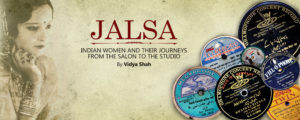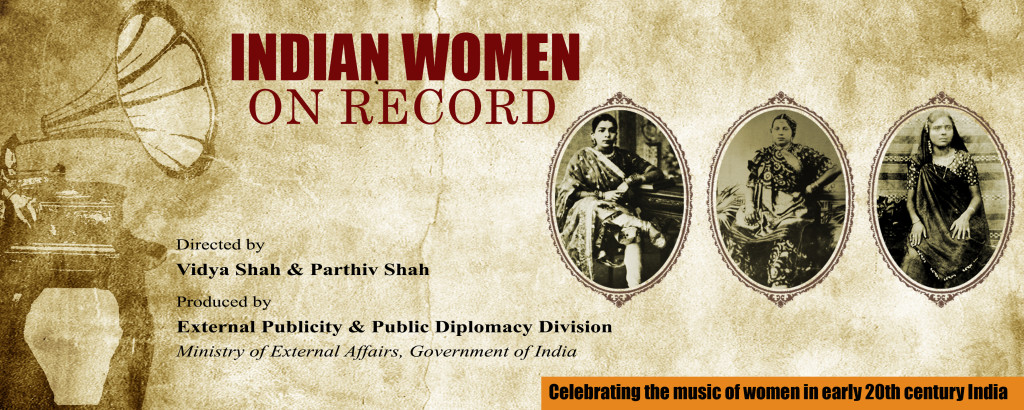Women in the 78 RPM gramophone era made a significant contribution to Indian art, music
and literature, and were involved in theatre and film. They have had a profound influence on
subsequent performance music. Ironically, there is little available in the public memory about
the gaanewalis or songstresses; this is a legacy that has largely been preserved through
the gramophone records that first made their appearance in India in the first decade of
the 20th century. Collectors estimate that the number of records issued in India would
amount to about half a million – a large corpus of which remains unheard and inaccessible
to contemporary audiences.

Jalsa, the book is a journey through the lives and music of these singing ladies who played an important role in the making of the entertainment industry of India – an industry that is celebrated the world over today.
Even though baijis, or singing ladies, were important to the world of performance,
they were perhaps not really a part of the mainstream discussion and discourse
on music in India. While it is estimated in discographies that over 500 women
were recorded in different regional languages all over India, little is known about these
artistes. Gramophone companies, initially run by Americans and Europeans and not by
upper-caste Indians, actively recruited baijis for their early recordings.
The gramophone record revolutionized the ways in which music was heard, and
gradually also started to craft new social norms. For one, the commercial success
of the record made this avenue an attractive option for many musicians, both
performers and accompanists. Those among them who became celebrities were
clearly affluent and lived posh lifestyles, but there were also those who died in penury.
This was also the time of the nationalist movement – a struggle against foreign
rule, but also a movement with a reformist agenda. The baijis’ profession was condemned
and they were branded as ‘loose women’. Many of them then moved to the theatre and
films, given their understanding of the social stigmas faced by their community, and sensing
the opportunity encoded in cinema for a potential career change. Some – like Jaddan Bai
better known as film actress Nargis’ mother – moved from being successful and respected
performers to becoming film producers and actresses.
The voices of these women still speak to us, requiring us to imagine their historical contexts.
There are many stories of struggle, courage and marginalization as baijis made history: from
being mere entertainers to people who had generations of camp followers, creating the way
for a new language in the performing arts for women performers in India.

